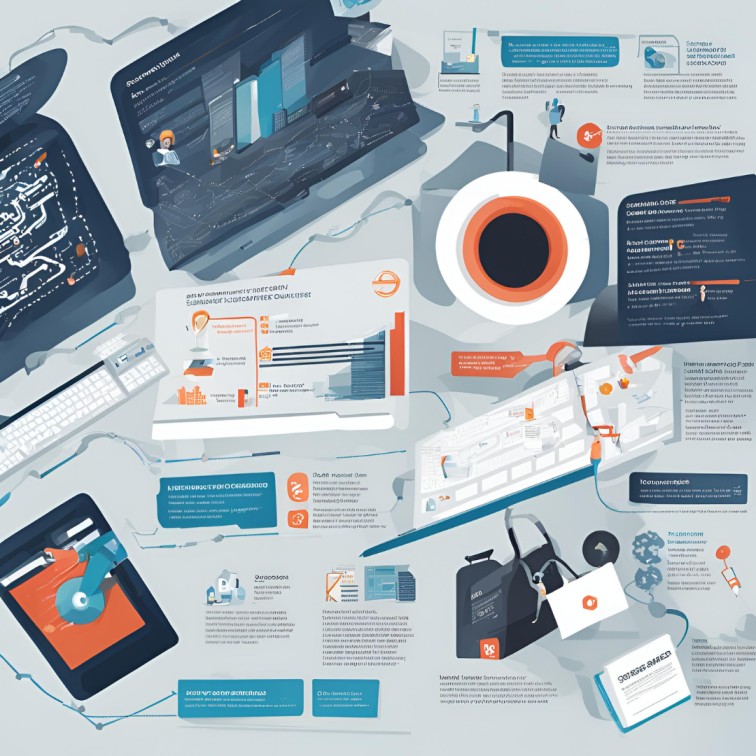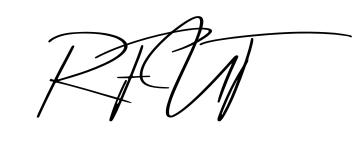In today’s era of digital innovation, one of the primary concerns for every organization, irrespective of its size and market, is to make sure that its cloud infrastructure remains secure.

One of the reasons is that as businesses are moving their critical operations to the cloud, ensuring that their cloud environments are safe, and secure and compliance with regulation is crucial. The security in Azure Standard is quite apt for helping the organization build state-of-the-art security. The use of practices and frameworks provided by Cloud service providers is becoming the need of the hour. In my experience, I find Microsoft Azure is a leading service provider that offers guidelines and best practices for maintaining the security of infrastructure & data as well as applications in the cloud.
In this blog post, I break down many components of Azure Standard for security. Let’s talk about how organizations can use these to create cloud environments that are safer. If you know the basics of how Azure provides a security framework, then you can also understand which practices you should adopt. When it comes to protecting your assets, mitigating risks, and being regulation-compliant.
Cloud Security in the Spotlight
Let’s start with how Azure Standard deals with security and then explain why cloud security is essential in today’s world of business. However, when an organization starts using cloud services (e.g., Microsoft Azure), there is a lot more for attackers to mess with. That is why cloud security has become part and parcel of every digital infrastructure.
The reality is that cloud environments hold and handle sensitive data — customer information, financial records, intellectual property, and confidential enterprise information. Failure to apply necessary security methods leaves firms vulnerable to data breaches, and regulatory fines and also tarnishes their reputation. As such, cloud security is not just an IT issue but a business necessity.
Microsoft Azure has created policies and frameworks popularly known as the Azure Standard to give businesses a comprehensive description of their cloud environment protection metrics. This security framework addresses different aspects of cloud security, including identity management, data protection, network security, as well as regulatory compliance.
Major Elements of the Security Azure Standards
Foundation, security has several disparate parts structures called organizational frameworks that allow organizations to be able to develop safe and robust cloud architectures. The following are some of the critical characteristics which form the basis of security for Azure.
1. Identity and Access Management (IAM)
Finally, one of the core features of the Azure Standard for security concerns identity and access management (IAM). An enterprise can securely manage the applications and resources it provisions by utilizing Azure Active Directory (Azure AD), a presentation and spectrum management platform. Azure AD has in place multi-factor authentication (MFA), single sign-on (SSO), and role-based access control (RBAC) which protects sensitive information and resources by allowing only verified users to access them.
Also, the Azure Standard for IAM standards advocates towards the least privileged access requirement, where users are allowed to access only the minimum amount of information necessary to complete a particular task. This minimizes the occurrence of unauthorized usage or exploitation of data and other services.
Learn more about Azure AD and Identity Management
Find details on Role-Based Access Control (RBAC)
2. Data Protection and Encryption
As discussed earlier, a data protection strategy has to be developed and implemented per rows of the Azure Standard. Microsoft Azure offers strong measures for encryption in the storage of data as well as during its movement. The ability to encrypt whatever is in Azure has been included in services such as Azure Storage, Azure SQL Database, and Azure Virtual Machines.
For the case of data at rest, cloud storage devices such as Azure employ technology like BitLocker and Azure Storage Service Encryption (SSE) that encrypt data before it can be retained. For secure transfer of information between services, devices, and applications during work, Secure Socket Layer (SSL) and Transport Layer Security (TLS) are employed to ascertain security.
Consider this: the definition of protected data will most likely include sensitive and confidential information that should not be disseminated to the public and the storage devices that contain such information will also be protected from the unauthorized with encryption keys. This is where the Azure Standard calls for the use of specifically Azure Key Vault to store these keys.
3. Network Security
The creation of a secure network is the other important aspect of the Azure Security Standard. Organizations using Azure have a wide array of tools and services that can be used to safeguard the networks from breaches, Distributed Denial of Service (DDoS) attacks among others.
The Azure Network Security Groups give organizations the right to control the inbound and outbound traffic to the Azure resources and the Azure Firewall provides the policy to manage all the traffic on the various virtual networks. This DDoS Protection does help protect resources from gigantic attacks so even when the organization is under attack, cloud services are still operational.
The use of Virtual Private Networks (VPNs) and private peering options are also supported by Azure to securely bridge the on-premises environments to the cloud. Utilizing these networking security features, companies will be able to construct separate and secure areas that comply with the requirements defined in the Security Standard of Azure.
Understand further about Azure Network Security Best Practices – Learn more about Azure Network Security
Find details on Azure Firewall.
Explore the page on Azure DDoS Protection.
4. A safety inspection and, further, a risk assessment
Some aspects have to be taken into consideration for the security of our cloud environment. But at Azure Standard, more emphasis is laid on having more and more monitoring and in this way, real-time threats that may happen can be treated as early as possible. The set of tools we offer, Microsoft Azure Security Center, Azure Sentinel, and Azure Monitor help achieve a high level of visibility of security, events, drawn-out configuration issues, and compliance violations. To enhance this effort, a range of inspection instruments are available on a spectrum.
Another helpful feature of Azure Security Center is to alarm the company about possible weaknesses. Roles in charge of security policies should also enforce safety measures to maintain compliance The former offers a consolidated picture of the security state of an organization’s Azure resources and makes suggestions on how the security position might be enhanced.
Azure Sentinel is Microsoft’s cloud-based SIEM solution for spotting alerting and analyzing threats across environments. That’s why Sentinel is built with the help of artificial intelligence and machine learning to detect targeted attacks. Thin and Security Complications It identifies clauses that security teams can do. Take immediate action
- Learn more about Azure Sentinel]
- Search for [Azure Monitor]
5. Compliance and Governance
Adhering to Rules and regulations sets body statutes and guidelines for organizations that work in sensitive fields like the medical field, fiscal sector, and government departments. The Azure Standard for security remains compliant once again with a portfolio of services and tools for businesses to support legal and compliance requirements.
Azure quick starts with an integration of major standards including GDPR, HIPAA, ISO/IEC 27001, and SOC 2. Azure Policy is one of the services in the platform, by which organizations are enabled to set policies that would meet the requirements of the following regulations. Further, Azure Blueprint allows organizations to deploy ready environments that meet industry compliance standards due to templates that enforce such regulations.
Another important area of management of security is governance as a part of the Azure Standard. These are services that are provided by Azure to enable organizations to have full control over their cloud settings such as Azure Policy, Azure Resource Manager, and Azure Cost Management. With the help of these governance tools companies can guarantee that their cloud implementations incorporate best practices and correspond to organizational and legal requirements.
- Learn more about [Azure Compliance Offerings]
- Explore [Azure Policy]
- Check out [Azure Blueprints]
Best Practices for Implementing Azure Standard for Security
To utilize the value that can be derived from the Azure Standard organizations should implement several best practices that are in line with Microsoft’s guidelines for secure cloud adoption.
- Use Multi-Factor Authentication (MFA): Start to check that multi-factor authentication is set for all the users specifically those who work with important information and equipment.
- Regularly Monitor and Audit Activity: Hear about using Azure Security Center and Azure Monitor for the constant monitoring of the activity and Audit Logs to fight security cases.
- Encrypt All Data: Ensure that all sensitive data is encrypted; this includes the data at rest as well as transit data and the keys to encrypt should be in Azure Key Vault.
- Employ the use of RBAC: Employ Role-based access so that only those specific resources needed by certain users will be allowed access to them and these in turn, only allow them the specific functions that they are supposed to perform.
Conclusion
Thus, the Azure Standard for security provides organizations with a list of the tools, services, and best practices aimed at securing the cloud. Azure offers businesses a strong platform for risk management – including identity and access, Network, Security, Encryption & Compliance.
With the help of adopting the Azure Standard, organizations can easily find ways through cloud security issues and understand what threats are more dangerous and how to fulfill the entire number of existing requirements. It is now apparent that the regularity of cyberattacks and data loss incidents continue to rise, and, therefore, constructive security measures on Microsoft Azure clouds are valuable.
At the end of each section, there are links to aid readers in seeing Microsoft’s official documentation regarding Azure Standard practices.
